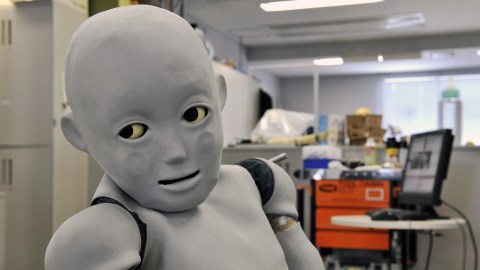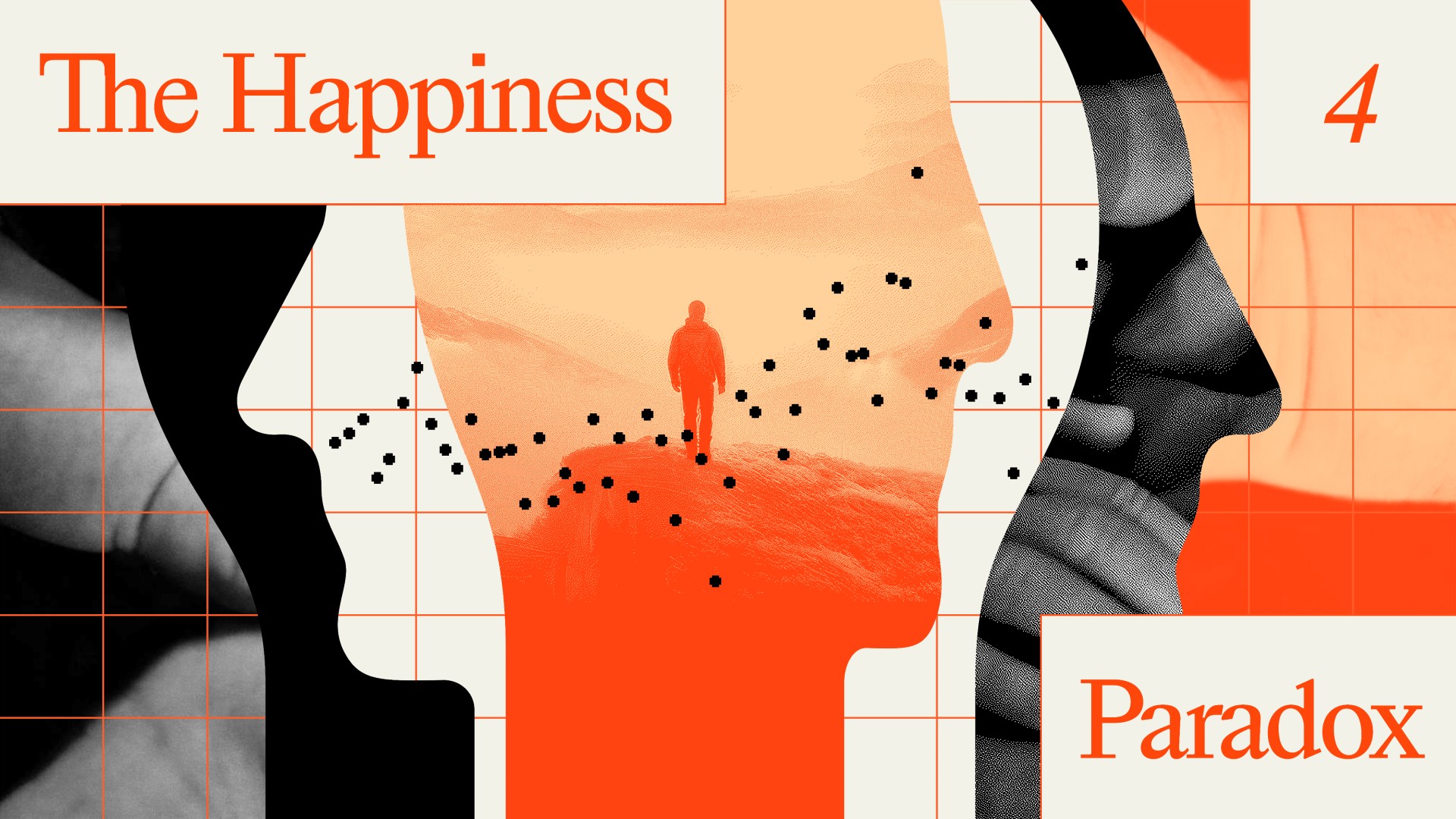Will Robots Replace Our Children?

Robots are everywhere. They are our helping hands in manufacturing. Autonomous or driverless cars promise to be our robotic taxis. Drones hover overhead. ‘Bots scurry across our floors to keep them clean while others cut our lawns. The current buzz is that robots are set to take our jobs – whether we work on the factory floor or the halls of finance. What could possibly be next? Perhaps robots will even replace our children.
Global demographic trends show that we are an aging world. The growing proportion of older adults throughout Europe, many parts of Asia (particularly Japan, South Korea and China) and North America are outpacing the population of young people. This gray population explosion is due, in part, to extended longevity, but also due to dramatic declines in fertility – the number of children per female. Fertility rates in many nations are well below the necessary level of 2.1 children per female to simply maintain the population. For example, Australia and Brazil share a fertility rate of 1.7 children per female, China has dropped to 1.6, Japan and Germany are at 1.4, and even the relatively young United States is at 1.87. In short, the world’s most industrialized nations as well as many of planet’s developing economies are witnessing an unprecedented drop in the number of children. While fewer children presents a number of social questions such as the availability of a robust workforce and general economic growth – the birth dearth also portends a troubling future of caring for an aging society.
Caring for an aging society has always been done by a complex combination of community support, e.g., religious organizations, non-profits, government programs, neighbors but above all – family. Providing assistance to an older loved one is most often provided by a spouse followed by an adult child. Historically, large families were more than a means of survival when a high infant fatality rate was the norm or a way to provide the labor necessary to power a family farm. Children have always been a key part of retirement planning and care in older age. Now there are far fewer children. And many of those precious few sons and daughters may have moved far away from the family home to seek economic opportunity. What if there are no children or no children near by?
Enter the robots. Robotics is advancing rapidly on many levels – design, artificial intelligence and function. Robots are being developed to do more than ‘work’: they are now being developed to provide companionship, conversation and care – jobs once done by family. Researchers at the Fraunhoffer Institute in Germany developed Care-o-Bot, a servicebot that tells stories, plays music and even calls for help in an emergency. Japan’s research community has long been on the frontier of robotics and aging. One example is Robear a bear-like robot that is gentle enough to lift and move a frail older adult. Now from Singapore’s Nanyang Technological University is Nadine. Standing 5 feet 7 inches or 1.7 meters tall Nadine is a humanoid robot that seems deep in the uncanny valley of being very human-like but…not. Nadine can join you in conversation, recall your last exchange and show a wide range of facial expressions and body language.
Robots caring for an aging society is somewhere between very cool…and yes, creepy. However, do we have a choice in a world with far smaller or absent families? What roles are we willing to delegate to our artificial companions? Might we become so accustom to their robotic smile that we will forget that they are, in fact, AI? If so, will we someday welcome a hug from a robot?





